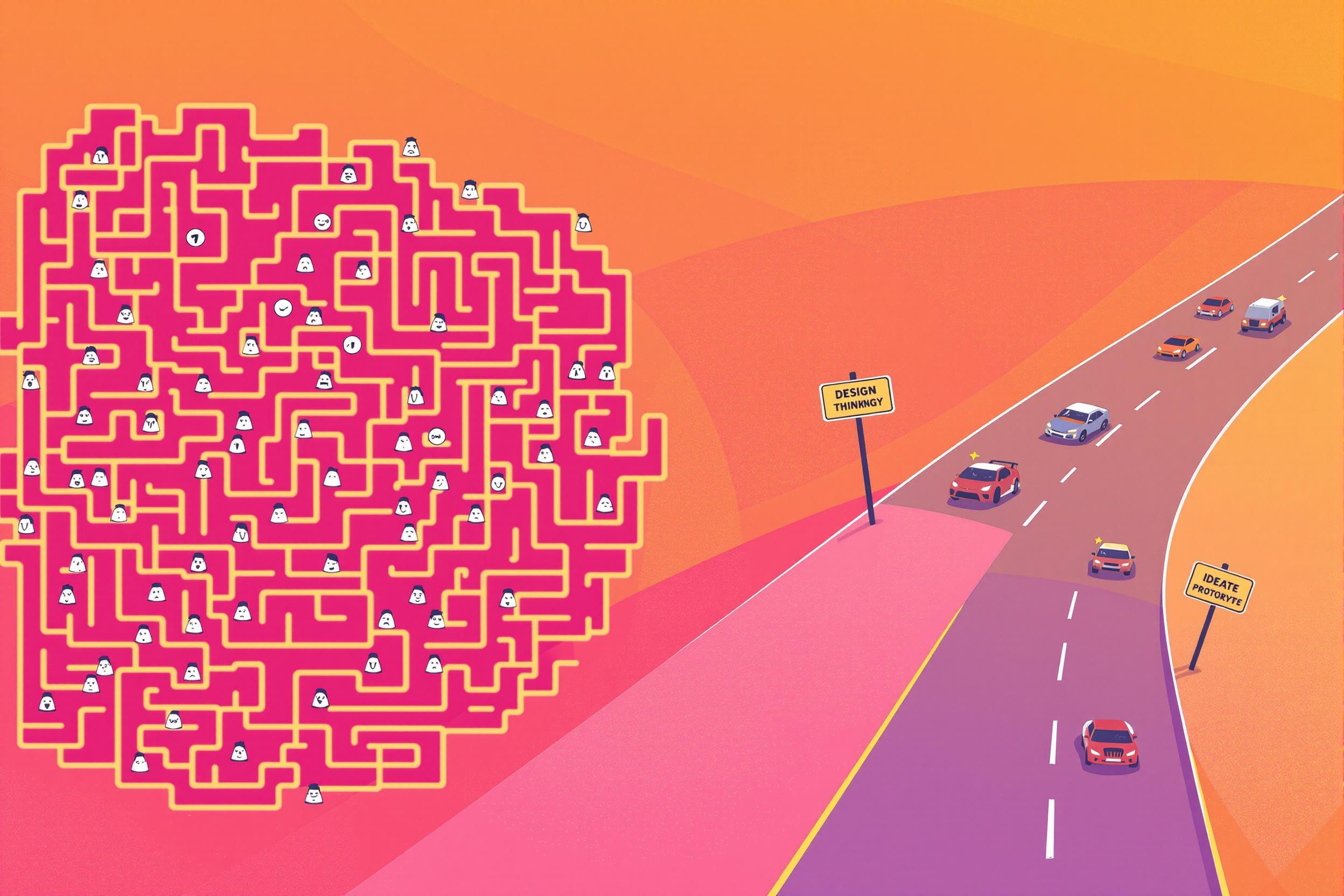
Fishbone Diagram
A Fishbone Diagram, also known as a Cause and Effect Diagram or Ishikawa Diagram, is a problem-solving tool used in quality assurance and process improvement. Think of it like a detective's tool that helps teams identify all possible causes of a problem. It gets its name from its shape, which looks like a fish skeleton, with the main problem at the head and various cause categories branching off like bones. Quality professionals use this tool to organize team brainstorming sessions and break down complex problems into manageable parts.
Examples in Resumes
Led team problem-solving sessions using Fishbone Diagram analysis to reduce manufacturing defects by 30%
Trained production staff on quality tools including Cause and Effect Diagram and 5-Why analysis
Implemented Ishikawa Diagram methodology to identify root causes of customer complaints
Typical job title: "Quality Engineers"
Also try searching for:
Where to Find Quality Engineers
Professional Organizations
Online Communities
Learning Resources
Example Interview Questions
Senior Level Questions
Q: How would you implement a Fishbone Diagram analysis in a cross-functional team setting?
Expected Answer: A strong answer should discuss facilitating team workshops, ensuring all departments contribute their expertise, and using the diagram to drive actionable improvements. They should mention experience leading such sessions and achieving measurable results.
Q: How do you integrate Fishbone analysis with other quality tools?
Expected Answer: The candidate should explain how they combine Fishbone Diagrams with other tools like 5-Why analysis, Pareto charts, or control charts to create comprehensive problem-solving approaches.
Mid Level Questions
Q: Can you explain how you would construct a Fishbone Diagram for a quality issue?
Expected Answer: Should be able to describe the main components (problem statement, major categories like Man, Machine, Method, Material), and explain how to guide a team through the process of identifying causes.
Q: What are the main categories typically used in a Fishbone Diagram and why?
Expected Answer: Should explain the common 6M categories (Man, Machine, Method, Material, Measurement, Mother Nature/Environment) and how they help organize thinking about problem causes.
Junior Level Questions
Q: What is a Fishbone Diagram and when would you use it?
Expected Answer: Should explain that it's a visual tool for identifying possible causes of a problem, and describe basic scenarios where it would be useful, like troubleshooting product defects or process issues.
Q: What are the basic steps to create a Fishbone Diagram?
Expected Answer: Should describe writing the problem statement, drawing the main bone, adding major category bones, and brainstorming causes and sub-causes with a team.
Experience Level Indicators
Junior (0-2 years)
- Basic understanding of quality tools
- Ability to participate in problem-solving teams
- Knowledge of diagram construction
- Data collection and basic analysis
Mid (2-5 years)
- Leading problem-solving sessions
- Integration with other quality tools
- Root cause analysis expertise
- Implementation of solutions
Senior (5+ years)
- Training and mentoring others
- Complex problem resolution
- Quality program development
- Cross-functional team leadership
Red Flags to Watch For
- Unable to explain basic problem-solving methods
- No experience with team facilitation
- Lack of practical application examples
- No understanding of data collection methods
- Cannot connect analysis to actual improvements
Related Terms
Need more hiring wisdom? Check these out...

Unlocking Team Potential: Personality Mapping for Dynamic Management

Why Your Hiring Process is a Maze (And How Design Thinking Can Turn It into a Superhighway)

Beyond Spreadsheets: Why Executive Dashboards in ATS Systems Are Your Secret Hiring Weapon

